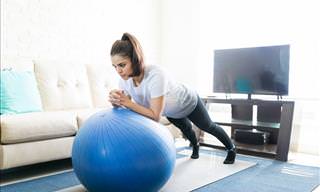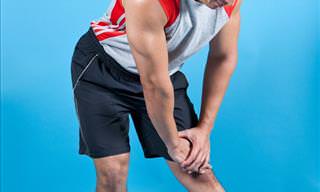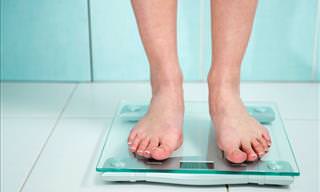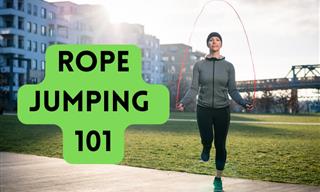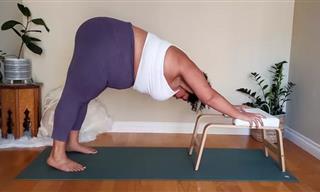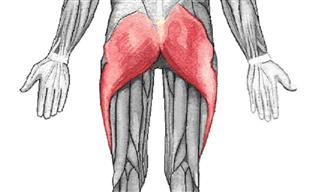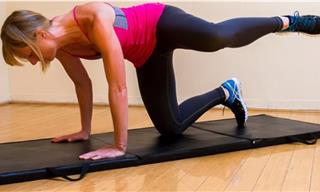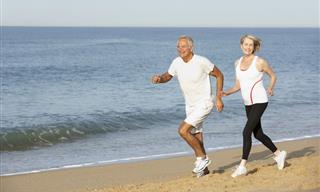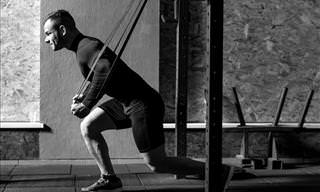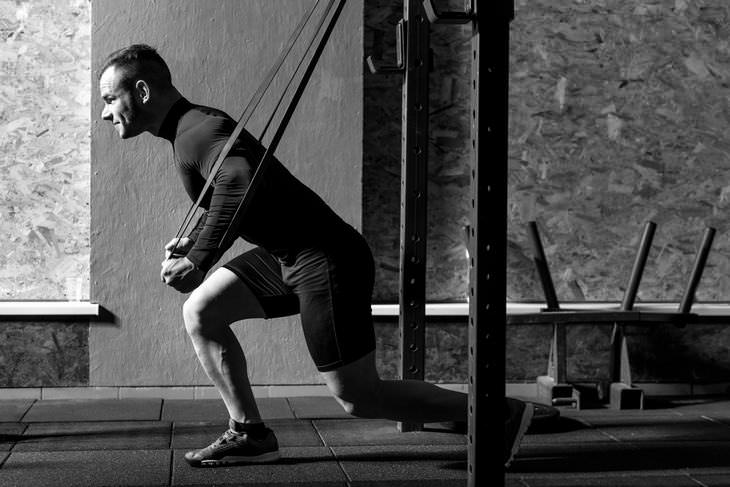
How does resistance training work?
Resistance training works by causing microscopic damage or tears to the muscle cells, which in turn are quickly repaired by the body to help the muscles regenerate and grow stronger. Catabolism is what is referred to for the breakdown of the muscle fiber, while the repair and re-growth of the muscle tissue are known as anabolism. Anabolic, meaning to grow, is what happens after you break down the muscle fibers with resistance exercise. In fact, many biological processes of growth in the body require some breakdown, or catabolism, prior to re-growth.
Why do resistance exercise?
This type of training builds muscle strength and tone. After the age of 30, humans lose 5 pounds of muscle every decade. It may be surprising to find out that between the age of 30 to 70, we can lose more than 25% of type 2 muscle fibers (strength fibers) in our body. So, by performing resistance exercise, this can slow down and possibly reverse the aging process by building muscle mass and strength. Moreover, this type of training has also been shown to build bone.
Osteoporosis, a condition of bone mineral loss can cause fractures, so by engaging in resistance exercise, it can build and improve bone health, even among the elderly. Furthermore, by building more bone and muscle strength, elderly persons will be less likely to fall. Some evidence also indicates that this form of exercise can also low high blood pressure.
Resistance exercise can also raise the metabolic rate, an important factor in maintaining body weight. So, no matter how old you are, it is never too late to get started. In one study conducted on elderly men and women (mean age 87) who lifted weights three times per week for 10 weeks, strength increased by an impressive 113%. With improved strength, the elderly participants were able to walk faster (12% faster), climb 28% more stairs and even cause the muscles in their thighs to increase by more than 2.5%.

What does resistance exercise entail?
1. Free weights (using dumbbells and barbells)
Advantages:
- A variety of exercises for all muscle groups can be done.
- You can do self-selected movement based on your own anatomy, unlike machines, where movement is confined. For instance, if your shoulder joint has limited range of movement, you can accommodate naturally to your limitation using a dumbbell.
- Free weight will help build coordination because it takes skill to move and control the dumbbells.
- You may also need to use more muscles than the group you are focusing on.
Disadvantages:
- You risk injury from dropped bars or dumbbells.
- A bench press with a bar can cause serious injury and possibly, death - a spotter should always be used when lifting free weights.
- If practicing at home, you need a lot of space to store your weights.
- Dumbbells can be quite costly.
- Free weights require skill and knowledge so it's a good idea to have a fitness trainer help get you started if you're a beginner.
2. Machines
Advantages:
- Machines are very simple to use. All you need is to stick the pin in the weight stack and you are good to go.
- They are relatively safe, so long as you don't pick a weight that is too heavy, causing you to strain yourself.
- They don't require a lot of coordination.
Disadvantages:
- They require a lot of space.
- They are expensive.
- Each machine limits you to one muscle group. To get an overall workout you would need to use a number of machines.
With repetitive use, and if your body is unable to anatomically match the movement of the machine, you might injure a joint.
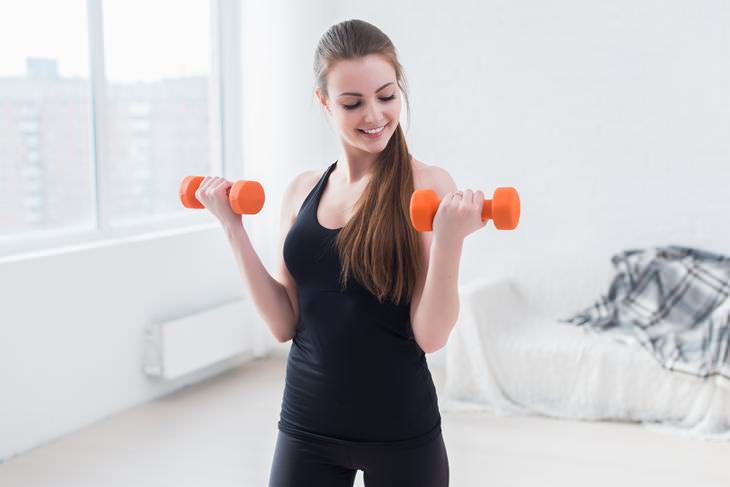
Using your own body weight
Your body weight can also be used for resistance exercise. This includes push-ups, sit-ups, chin-ups, squat thrusts, lunges, and step-ups, which all strengthen your body. The advantage of these exercises is that you can do most of them anywhere, even though you can't change your body weight to increase or decrease the resistance. Some things you can do to increase the resistance includes:
Pull-ups which helps strengthen the arms, back, and shoulders. If this is too challenging for you, you can stand on a chair under a pull-up bar to lighten the load as you pull up. The chair will help support some of your body weight.
Push-ups will help strengthen your arms, chest, and shoulders. If you are unable to do a traditional push-up try do one against a wall, whereby you can lean against a wall about two feet from the wall with your back straight and push back and forth. If this becomes easy, do your push-ups against the counter, then moving on the floor on your knees, gradually building up to the traditional push-up.
A beginner's plan to resistance training
If you are new to resistance training start with a three-day per week beginner program, each day focusing on different muscle groups. So, divide your week as follows:
Day 1:
Chest: Use the bench press with a bar or a dumbbell press, flyes or push-ups.
Triceps: Try bench dips and kickbacks.
Legs: Do squats or leg press, leg extension or leg curls.
Day 2:
Back: Bent over rows or seated cable rows.
Biceps: Curls, standing or seated.
Day 3:
Shoulders: Lateral raises and front raises.
Legs: Squats or leg press, leg extension and leg curls.
 Go to BabaMail
Go to BabaMail






































